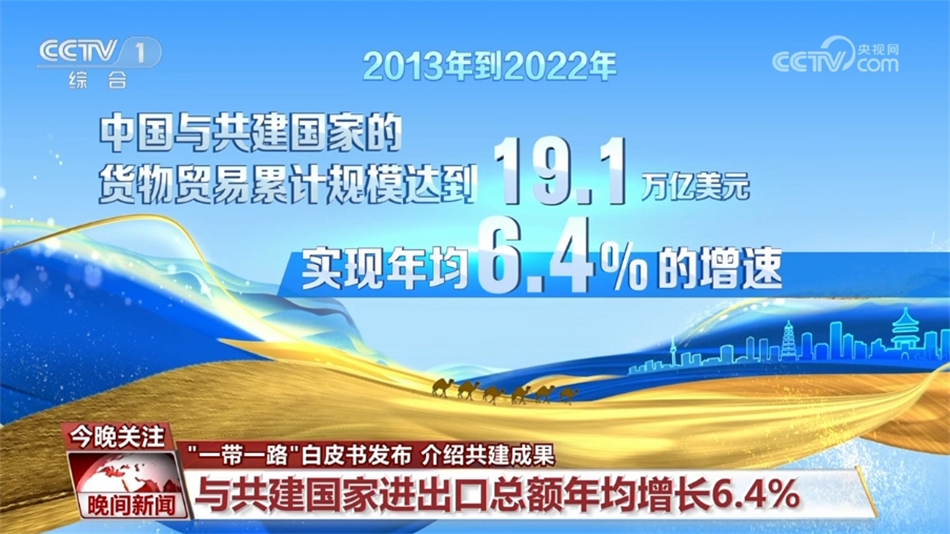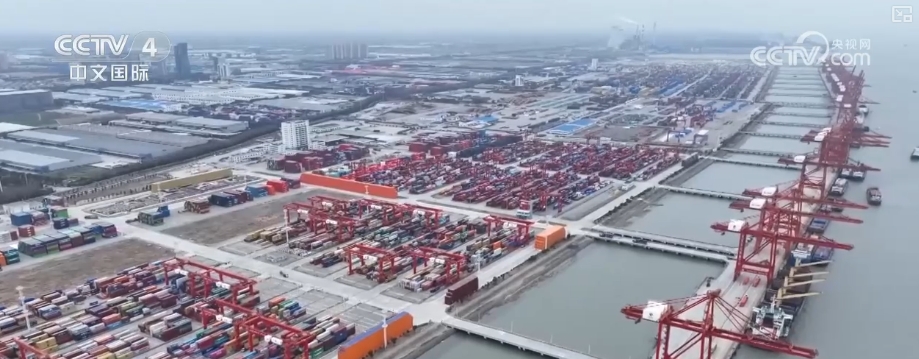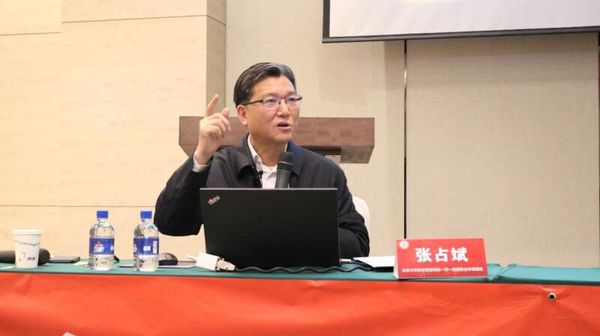Is Xinjiang’s Chemical Industry Going To Take Off? Under The Double Buff Of Policy Resources, The Three Major Tracks And Leaders Must Be Closely Watched
Is Xinjiang’s Chemical Industry Going To Take Off? Under The Double Buff Of Policy Resources, The Three Major Tracks And Leaders Must Be Closely Watched
Recently, many friends have asked, "Is Xinjiang's chemical industry going to be popular?" Looking at policies, industries, and data, it turns out that it is not groundless. Behind this wave of enthusiasm is the combined efforts of policy and resources. If we ordinary people want to understand the opportunities and risks, we must first understand the logic.

Recently, many friends have asked, "Is Xinjiang's chemical industry going to be popular?" Looking at policies, industries, and data, it turns out that it is not groundless. Behind this wave of enthusiasm is the combined efforts of policy and resources. If we ordinary people want to understand the opportunities and risks, we must first understand the logic.
1. Why does the policy suddenly “favor” Xinjiang’s chemical industry?
Let’s look at the general background first: Xinjiang is the core area of the “One Belt, One Road” initiative. Now it has been approved as a free trade pilot zone and is positioned as a gateway to the west. As the industrial foundation, the chemical industry has naturally become the starting point for "connecting the inside and outside" - connecting with the resource markets of Central Asia and West Asia while ensuring domestic energy and material supply.
Let’s look at the specific policies: the two lines of “compensating for weak links” in the development of the western region and “independent and controllable” energy security are superimposed. For example, Xinjiang wants to build a modern coal chemical industry demonstration base to "squeeze out" the abundant coal resources; there is also a photovoltaic/lithium battery material cluster supporting new energy sources. Because the installed capacity of wind power and photovoltaics ranks among the top in the country, upstream materials must keep up.
To put it simply, the policy provides money, land, and green light for approval to transform Xinjiang from a “resource warehouse” into a “chemical industry highland.”
2. Why can Xinjiang take over the chemical industry?
Many people think that the chemical industry is a "big polluter", but Xinjiang has inherent advantages in chemical industry:
1. Resources are “so rich that they can flow like oil”
Coal: The predicted reserves are 2.19 trillion tons, accounting for 40% of the country. It is shallowly buried and of good quality, and can be burned when dug out;
Natural gas: The starting point for the West-East Gas Pipeline, the oil and gas fields in the Tarim Basin and Junggar Basin are still expanding production;
Salt Lake Minerals: The reserves of potassium salt and sodium salt lead the country, so there is no need to worry about raw materials for making fertilizers and chemical raw materials.
2. The industrial foundation is “deeply rooted”
In the early years, PetroChina and Sinopec deployed large refineries in Xinjiang (such as Dushanzi Petrochemical and Urumqi Petrochemical), and now private giants have also arrived (Zhongtai Chemical, Guanghui Energy). The park has mature supporting facilities: Dushanzi Economic and Technological Development Zone and Kuqa Economic and Technological Development Zone have pipelines connected to the factory areas and complete water and electricity pipeline networks. New enterprises can start production as soon as they enter, saving a lot of money.
3. “Hidden secrets” of location
China-Europe trains depart from Xinjiang, and port customs clearance is highly efficient. Chemical products can be sold domestically and exported to Central Asia. For example, when polyvinyl chloride (PVC) is sold to Central Asian countries, it is much cheaper than transporting it from the coast, and the transportation cost is directly cut in half.
3. What opportunities are hidden in the three major tracks?
Don’t just watch the fun, you have to see where the money is going. Xinjiang Chemical Industry’s three most popular directions are:
1. Modern coal chemical industry: “black gold” becomes “green gold”
Traditional coal chemical industry is very polluting. Now we are engaged in clean conversion - turning coal into olefins (plastic raw materials) and aromatics (chemical fiber raw materials), reducing waste gas and waste water in the process. Xinjiang has abundant coal, low electricity prices (a combination of thermal power green electricity), and the cost of coal chemical production is more than 20% lower than in the east. For example, Zhongtai Chemical, one of the top three companies in the country in terms of PVC production capacity, started its business in the coal chemical industry.
2. New energy supporting materials: the heroes behind “chasing light and catching electricity”
Xinjiang ranks among the top five in the country in terms of photovoltaic installed capacity and also has a lot of wind power, but its upstream materials (polycrystalline silicon, silicon wafers, lithium battery electrolytes) used to be purchased from other places. Now the local government is starting to supplement the chain: for example, it is developing photovoltaic-grade polysilicon and using Xinjiang's low electricity prices to reduce costs; in terms of lithium battery materials, relying on coal as the negative electrode material and using salt lake lithium resources as the positive electrode, the closed loop of the industrial chain is gradually taking shape.
3. Green fine chemicals: a “small but beautiful” high-profit business
Ordinary chemical industry competes with scale, while fine chemical industry competes with technology. Xinjiang is now focusing on environmentally friendly pesticides, pharmaceutical intermediates, and electronic chemicals. These products have high added value and can avoid homogeneous competition with the central and eastern regions. For example, some companies specialize in high-end dye intermediates and rely on technical barriers to earn money from foreign orders.
4. Why are the four leading companies the “big brother”?
Let’s talk about a few public and reliable leaders (that ordinary people can follow):
Zhongtai Chemical: A national leader in PVC and viscose fiber, with an integrated industrial chain from chlor-alkali to textiles, high self-sufficiency in coal, and strong resistance to cost fluctuations;
Guanghui Energy: two-wheel drive of oil and gas coal, coal chemical by-products are used to generate electricity and heat, and the circular economy is playing smoothly;
Xinjiang Tianye: Water-saving equipment chlor-alkali chemical industry, engaging in circular economy (such as calcium carbide slag making cement), with low environmental pressure;
TBEA (subsidiary business): new energy materials (polysilicon, inverters) power grid equipment, leveraging the rise of Xinjiang’s photovoltaic industry, and has a deep layout in the material end.
These companies are either backed by central enterprises (Zhongtai, Guanghui, and Tianye are all local giants in Xinjiang), or they are A-share listed companies with transparent performance. If you follow them, you can follow the pace of the track.
5. How can ordinary people participate? How to prevent risks?
Where are the opportunities?
Buy stocks: pay close attention to leading financial reports (revenue and profit growth) and policy documents (Xinjiang Development and Reform Commission official website Changfa Industrial Planning);
Doing trade: If you do import and export, keep an eye on the market demand in Central Asia (such as chemicals for building materials and agricultural machinery accessories);
Pay attention to the parks: If you want to start a business or find a job, the chemical industry parks in Dushanzi and Kuqa recruit people frequently and offer good supporting benefits.
Don’t ignore the risks!
Policy implementation is slow: some plans have been announced for several years, and actual production depends on funding and approval;
Industry cycle pitfalls: The price of chemical products is like a roller coaster. For example, PVC made double profits last year, but the increase in raw material prices this year has reduced profits;
Environmental protection red line: Xinjiang has strict inspections on chemical pollution. Small factories are easily shut down and have to align with large companies.
Finally, let me be honest: Xinjiang Chemical has indeed reached the point of "shifting gears and speeding up", but don't expect to get rich overnight. Policies are the spring breeze, resources are fertile soil, and enterprises are seeds that have to wait for time to germinate. If ordinary people want to participate, they must first understand the logic, then focus on the leader, and lose their sense of risk - after all, all outlets must have their feet on the ground to fly.





